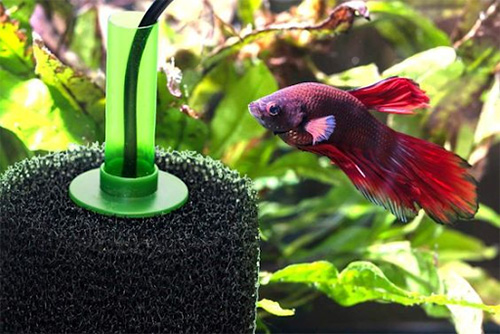
Setting up an aquarium filter could be a bit tricky at first, but if you are someone who is a fish hobbyist then learning the basics of installing an aquarium is the primary step that you need to take. Even if you are new to this, this blog will surely help you with everything in detail.
We have tried to provide all the major chunks of information regarding the types of aquarium filter media, aquarium filter setup, followed by a step-by-step guide on how to install an aquarium right from the scratch. We believe that by the end of this article you will be confident enough to set up your aquarium successfully.
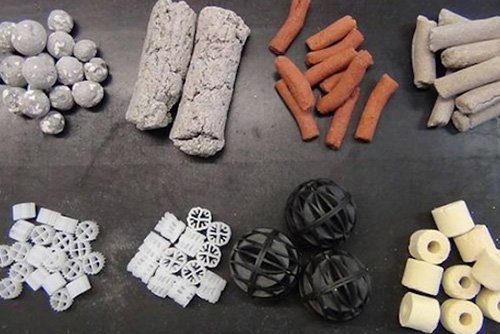
Aquarium filter media is a crucial part of any aquarium setup. It might seem a bit confusing at first but fishes need filters too especially when they are living in a restricted place, away from their natural habitat.
A filter helps in the aeration of water so that the fishes can breathe properly, clear up the debris and even prevent the build-up of nitrogenous fish waste to toxic levels.
The main purposes and types of an aquarium filter are listed below.
Physical or mechanical filtration is the one where the uneaten fish food particles, decaying plant material, or any floating foreign substance gets filtered through the means of a filter. Mechanical filters are used just to collect the waste and not to break them down. Hence, this type of filter needs to be cleaned regularly. Along with regular cleaning, a mechanical filter like a sponge needs to be changed from time to time to avoid the pollution of aquarium water.
This is the most important form of filtration for an aquarium. Fishes produce waste that contains ammonia and nitrites. If the ammonia and nitrites level rise, it becomes toxic for the fishes and can damage their internal organs. In the long run, fish can die.
Hence, biological filters are used to control the ammonia and nitrite levels in the water. The bio filter system contains nitrifying bacteria which converts ammonia and nitrites into nitrates so that the aquatic plants can use them. In addition, nitrates are also less harmful to the fish.
Without biofiltration, fishes will eventually die because of the toxic levels of ammonia and nitrites in the limited water of an aquarium.
This type of filtration is needed to clear the chemical substances from the aquarium water that might make it toxic for the fishes. Filters such as activated carbon are mainly used for chemical filtration. If there is any form of dissolved chemical like the fish medications, then the activated carbon absorbs it and makes the water healthy and pure again.
The water is passed through a chemical filter so that it can absorb substances such as dissolved proteins, chlorine, chloramine, etc. A chemical filter needs to be cleaned regularly due to the build-up of chemical substances inside it. Once it is saturated with chemical substances, it can also leak back the chemicals, hence, a chemical filter needs to be replaced frequently.
If there is a need for medication in the aquarium, it is advised to remove the chemical filter beforehand so that it does not absorb the medication resulting in the inefficiency of the medication.
Once the purposes and types of aquarium filter media are cleared, it is time to look at some of the filter media used by an aqua hobbyist for achieving the purposes of aquarium filtration.
Below we have discussed a few of the aquarium filter media.
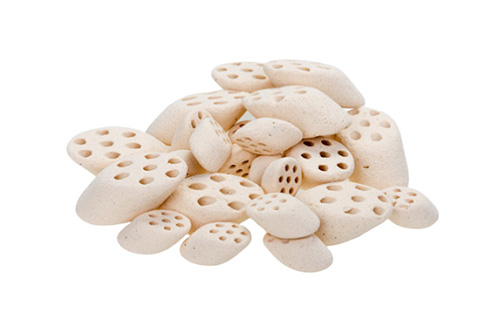
A ceramic filter media is largely used for biological filtration in aquariums. These do not filter the water per se, but these provide the space for the beneficial bacteria to culture and reproduce which helps in the entire procedure of biofiltration.
Typically, it is used in the external filters and works as the prime site of bacteria colonization which then helps in converting ammonia and nitrites into nitrates. The ring structure allows the water to pass easily through it and provides a large surface for the bacteria to survive.
In addition, these ceramic rings are affordable and do not require regular maintenance. They need to be replaced every six to eight months which is another plus point of using them for the aquarium.
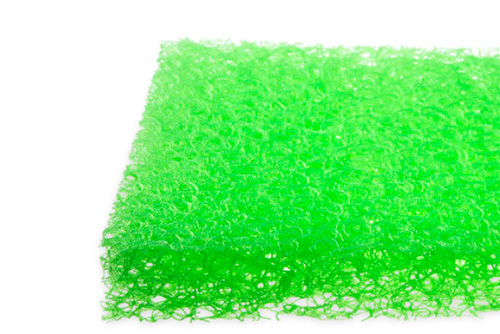
These are well-suited for mechanical filtration since they can collect the debris, floating small particles well. Since they collect the solid particles, they need to get changed frequently as the debris usually clogs the foam and once the foam or filter pad gets saturated, it can start releasing the debris, thus defeating the entire filtration purpose.
A bio foam filter, however, works differently. It is used for mechanical filtration as well as biofiltration. At first, it works as a mechanical filter collecting debris. Then, once the beneficial bacteria have colonized on its surface, it works as a biofilter for the aquarium. They are considered to be better than filter pads as they provide dual services and are cost-efficient too.
A sponge filter can also be used with any type of aquarium and they work even during power outages. In addition, these can be easily cleaned, repaired, and replaced. They work great as pre-filters.
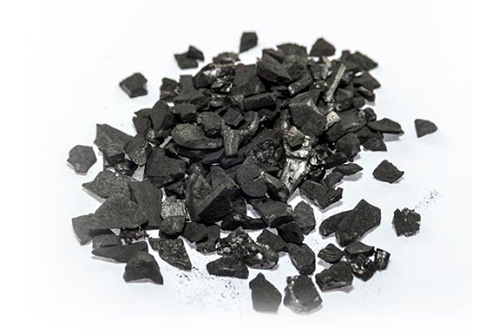
Activated carbon is a form of chemical filtration for aquariums. It helps in absorbing the dissolved substances with ease. Activated carbon is primarily used after chemical treatment in the aquarium. It is good to keep away the bad odor from the water, making your fish healthy and happy. It also needs to be regularly replaced.
Purigen is considered to be a better alternative to activated carbon as it can be recharged and reused. This also makes it cost-efficient. Another alternative, coconut carbon is also very popular amongst hobbyists. It is an eco-friendly form of activated carbon used for water filtration in aquariums, both marine, and freshwater.
Lastly, the maintenance and regular cleaning of the filters is necessary to ensure the efficiency of filters. For this, filter brushes are generally used. These come in different shapes and sizes depending on the purpose they need to serve. In addition, to get rid of the algae, parasites, and other bacteria, a uv sterilizer machine is the best. They are safe for fish and improve the water quality of the aquarium.
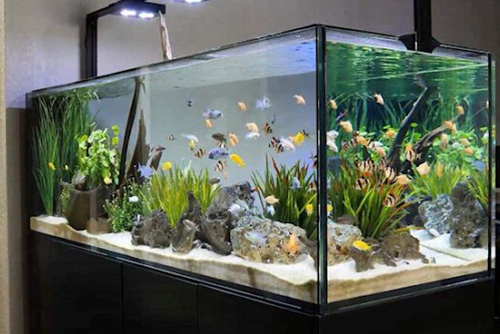
Once an aquarium filter has been selected, it is time to move ahead with the procedure of setting up an aquarium. Even if it is your first time, the step-by-step guide would help you thoroughly. Below we have discussed the steps.
Place your tank at a safe spot away from heaters, air conditioners, windows, or doors. Any kind of temperature change is dangerous for fish and direct sunlight is also not recommended. After placement, if your tank comes with a light, plugin to check if it is working.
Wipe the interior of the tank with a damp cloth to ensure there is no dust or other substances. Do not use any soap or any detergent for this purpose and the cloth should also be a new one or one which has not been used for cleaning other household articles before.
Choose the substrate according to your choice except for some species that require specific substrates too. Wash the substrate in cold water before putting it in the tank. If there are gravels and other ornaments, rinse them well with cold water to make sure they are free of paints and dust.
Do not use any soap or chemical preparation to wash the gravels and ornaments. Once they are washed, put a layer of substrate first, and then above that, put the gravels carefully. Make sure to place them gently without hitting the delicate bottom of the tank.
It is time to fill the tank now. Use a hose to fill 1/3 of the tank slowly with water at room temperature. Place a small saucer or plate and then pour water over it slowly to avoid cloudiness and to keep the gravel in place. Check for leaks too.
The filter needs to be installed now. It can be an internal filter or an external one. Set the filter according to the instructions given by the manufacturer as all filters come with a separate manual book and have differences in the installation procedure. All filters need cleaning once in a while, for which filter brushes can be used.
Generally, internal filters are easy to set up. They go on the back wall of the tank and the wire should be connected to a power supply. External filters are installed below the tank, in a stand. The inlet and outlet tubes of an external tank should be straight to allow easy and constant movement of water back and forth.
Next, install the water heater into the tank according to the instructions but do not switch it on right away. Now, install the thermometer. Remember to install the water heater at one end of the tank and place the thermometer at the other. This will ensure that the water is heated overall. Wait for at least 20 mins before switching on the heater so that the internal thermometer adjusts itself to the water temperature of the tank. This will avoid overheating.
Install all the other equipment like air stone, light, etc. at this time only.
Now, arrange the plants accordingly. They are usually used to hide the equipment and increase the overall look. Wash the plants before placing them to get rid of dust particles. Place them gently and remember that each plant needs to be planted differently, so gather the information beforehand.
If live plants are used, then keep them moist until planted. Wrap them in a moist cloth or paper to prevent them from drying out.
Once everything is in place, let the tank cycle. Cycling simply means allowing the culturing of beneficial bacteria for converting ammonia and nitrites into nitrates. This is done using a biofiltration medium. During cycling, monitor the tank water daily. Test the water samples too.
Once the cycling or the colonization of bacteria is completed, fishes can be added to the tank, finally. Do not add all the fishes at one time, add only some at first. Check the levels of ammonia and nitrites. If everything’s fine, add the other fishes too, and voila! enjoy the new aquarium.

Established in 2008, Mountain Tree is a renowned leader in the aquatic industry serving a plethora of clients with its comprehensive range of products and pond accessories. With advanced R&D, highly professional and experienced staff, and their customer-oriented approach, they are an unparalleled China aquarium filter manufacturer too.
They are a brilliant bio media filter manufacturer too. Within the pond accessories, they provide ceramic filter media, brushes, filter mats and foams, accessories, UV sterilizers. Their freshwater and marine aquarium range is equally amazing. In the freshwater aquarium, they have ceramic filter media, filter brushes for aquariums, filter mat and foam, carbon, UV sterilizers. In the marine aquarium range too, they have different types of ceramic media filter, filter mat and foam, and coconut carbon.
Apart from these, they even provide customized services and products to their customers based on their specifications and requirements at an effective price. If you are thinking of outsourcing filter media or pond accessories for any of your aquaculture needs, Mountain Tree is the place for you.
In this guide, we have tried covering every aspect of installing an aquarium filter. It is important to remember that even when the fishes are in place, monitoring is important. Both freshwater and saltwater aquarium monitoring system is required to ensure the healthy functioning of the aquarium.
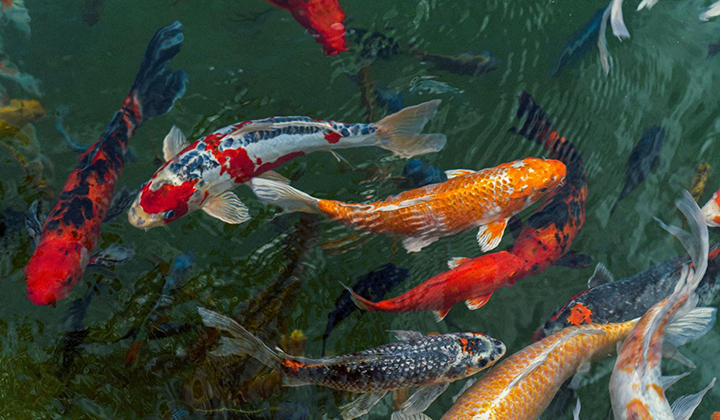
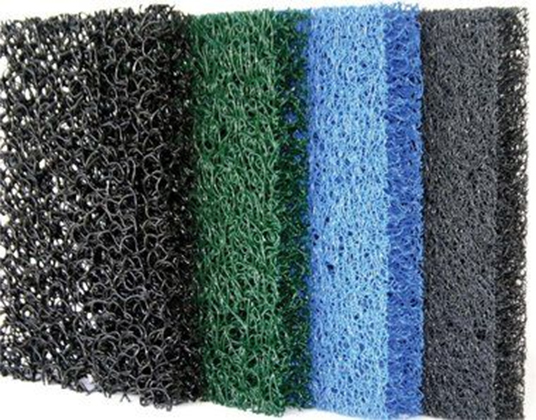
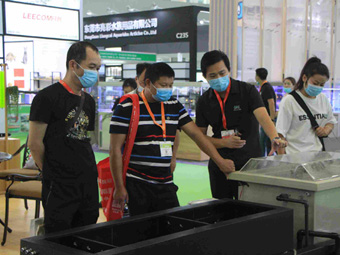

Leave a Reply